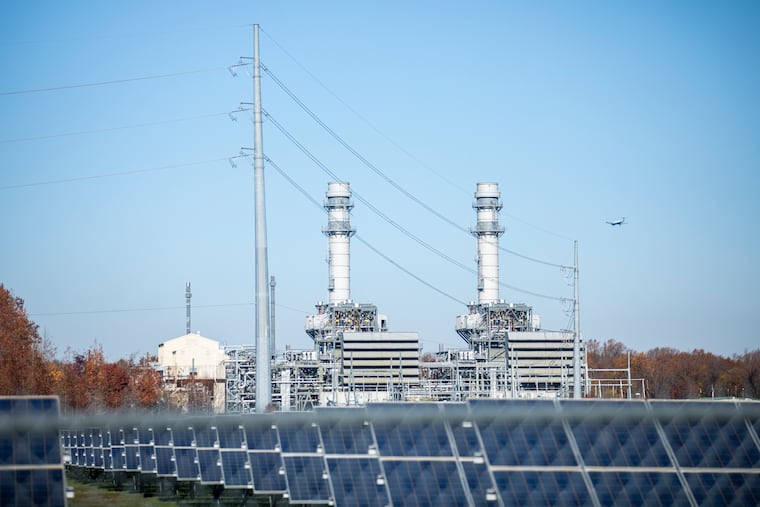Utility bills are soaring in the Philly region and so is customer outrage
Peco gas bills are up 38% from last year. PGW's are up 17%. “I have never paid this much for heat in the winter.”

Peco gas bills are up 38% from last year. PGW's are up 17%. “I have never paid this much for heat in the winter.”
